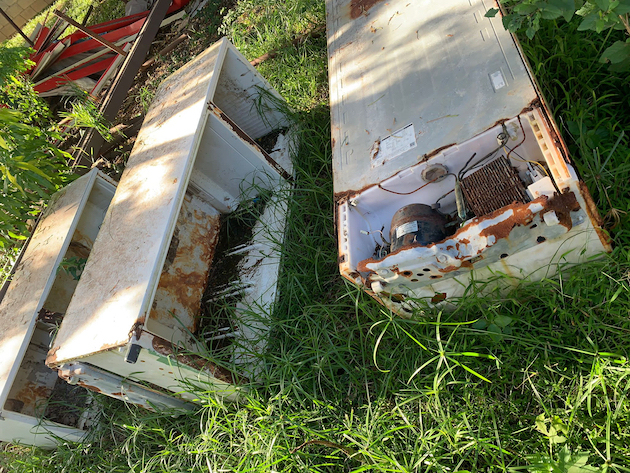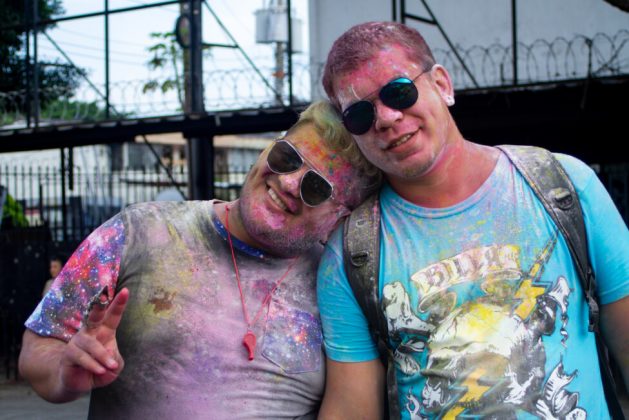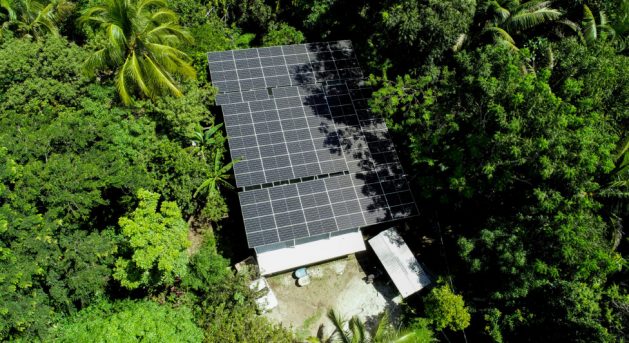New Political Agreement Finally Tackles Venezuela’s Social Crisis — Global Issues
The World Food Program has been active in Venezuela since last year, delivering bags of food to families of schoolchildren in some poor areas, such as remote areas accessed by river in the Arismedi municipality, in the southwestern plains state of Barinas. CREDIT: Gabriel Gómez/WFP by Humberto Marquez (caracas) Thursday, December…










